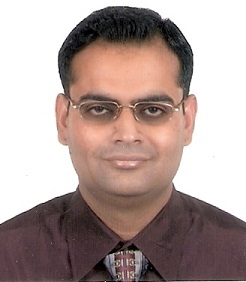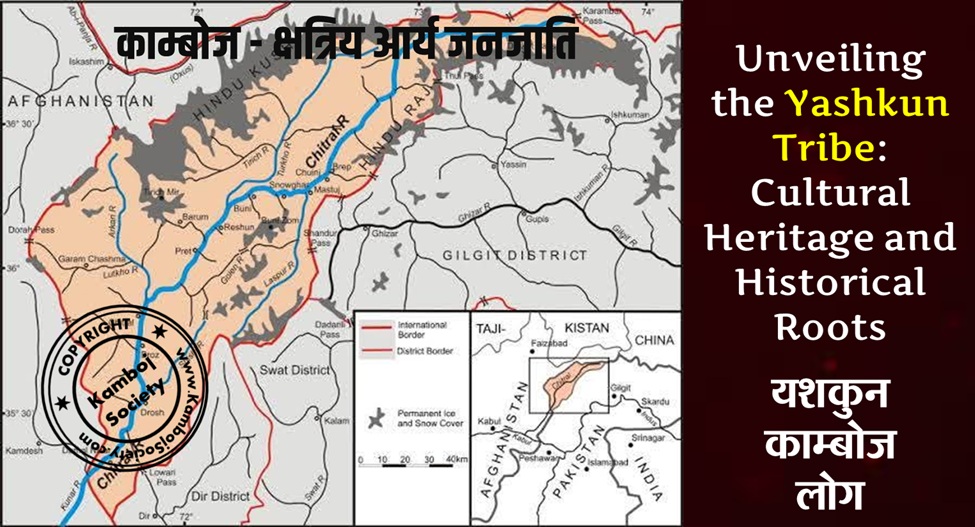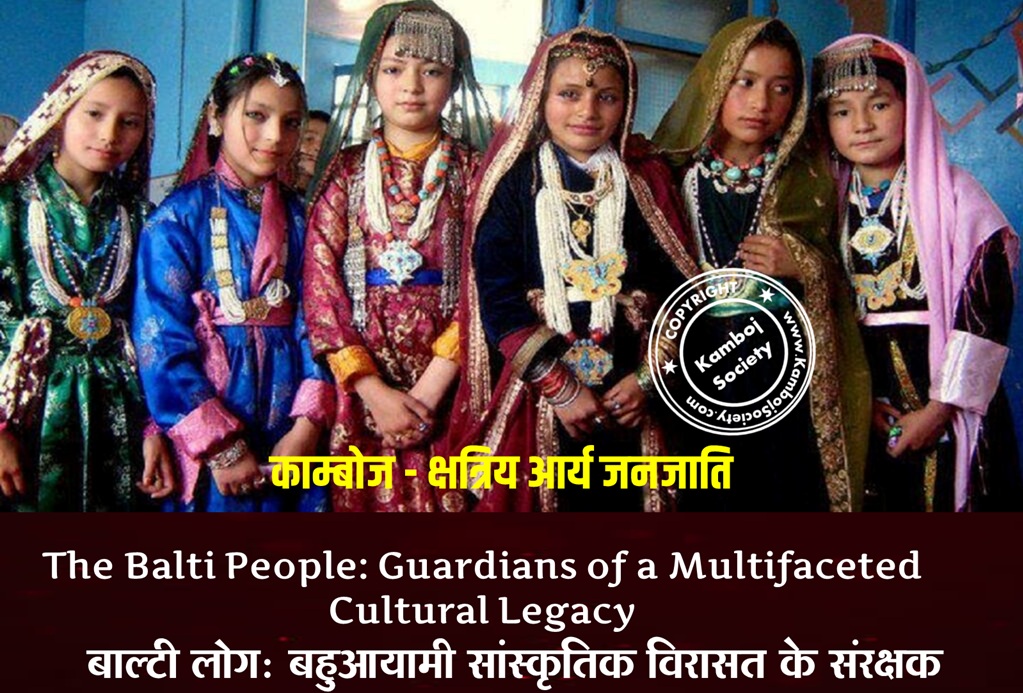Chandravarma Kamboja is the first Kamboja king mentioned by name in the Mahabharata. He appears to have been an ancient and very powerful ruler of the Kambojas. He finds mention in the Adiparva section of the Epic poetry|epic where he is stated to be an Asura or a demonic ruler (See main entry candra in Monier-Williams Sanskrit-English Dictionary) [https://students.washington.edu/prem/mw/c.html]. Mahabharata styles Chandravarma as an incarnation of Daitya Chandra, the foremost among the powerful sons of goddess Diti.
The Mahabharata reference also implies that this Chandravarma was extremely handsome and illustrious king of the Kambojas.
In Brahmanical allegories, sons of Diti are called Maruts. They are all said to be great warriors. One Marut is stated to have even conquered the gods. Obviously, this Marut might have been the so-called Daitya Chandra, whom the epic styles as the foremost among the sons of Diti.
Since Chandravarma of Kambojas is described as an incarnation of this Daitya Chandra, it is also obvious that Kamboja Chandravarma may indeed have been an illustrious and mighty warrior.
The Kamboj/Kamboh community traditions claim one Chander Burman as a god, and the royal ancestor of the Kambojas. Kamboj traditions also claim that certain raja Sodakhsh was a descendent of god Chander Burman, and had sided with the The Kurus |Kauravas against the Pandavas, in the prolonged war of Kurukshetra |Kurukhetra. These facts were collected at the end of ninetieth century by one British ethnographer H. A Rose.
It is obvious that the Sodakhsh of the Kamboj traditions refers to great Sudakshina of Mahbharata fame (Glossary of Tribes, Vol I, pp 444-445, H. A. Rose)
The present Kamboj community claims to have descended from god Chander Burman.
God Chander Burman of the Kamboj traditions can easily be identified with Asura king Chandravarma, referenced in the Adiparava of Mahabharata.
This traditional evidence thus points at the Iranian affinities of the Kambojas.










